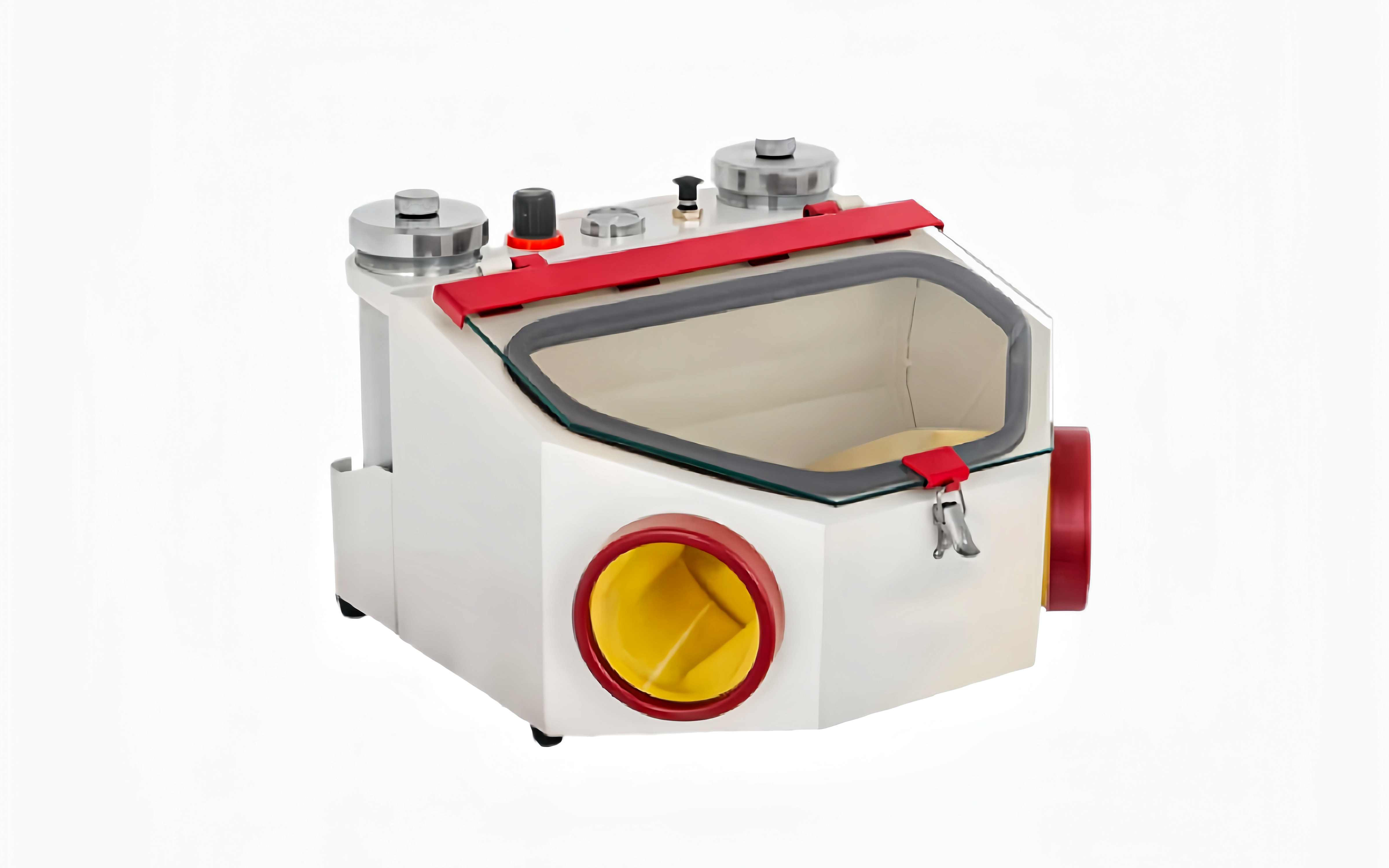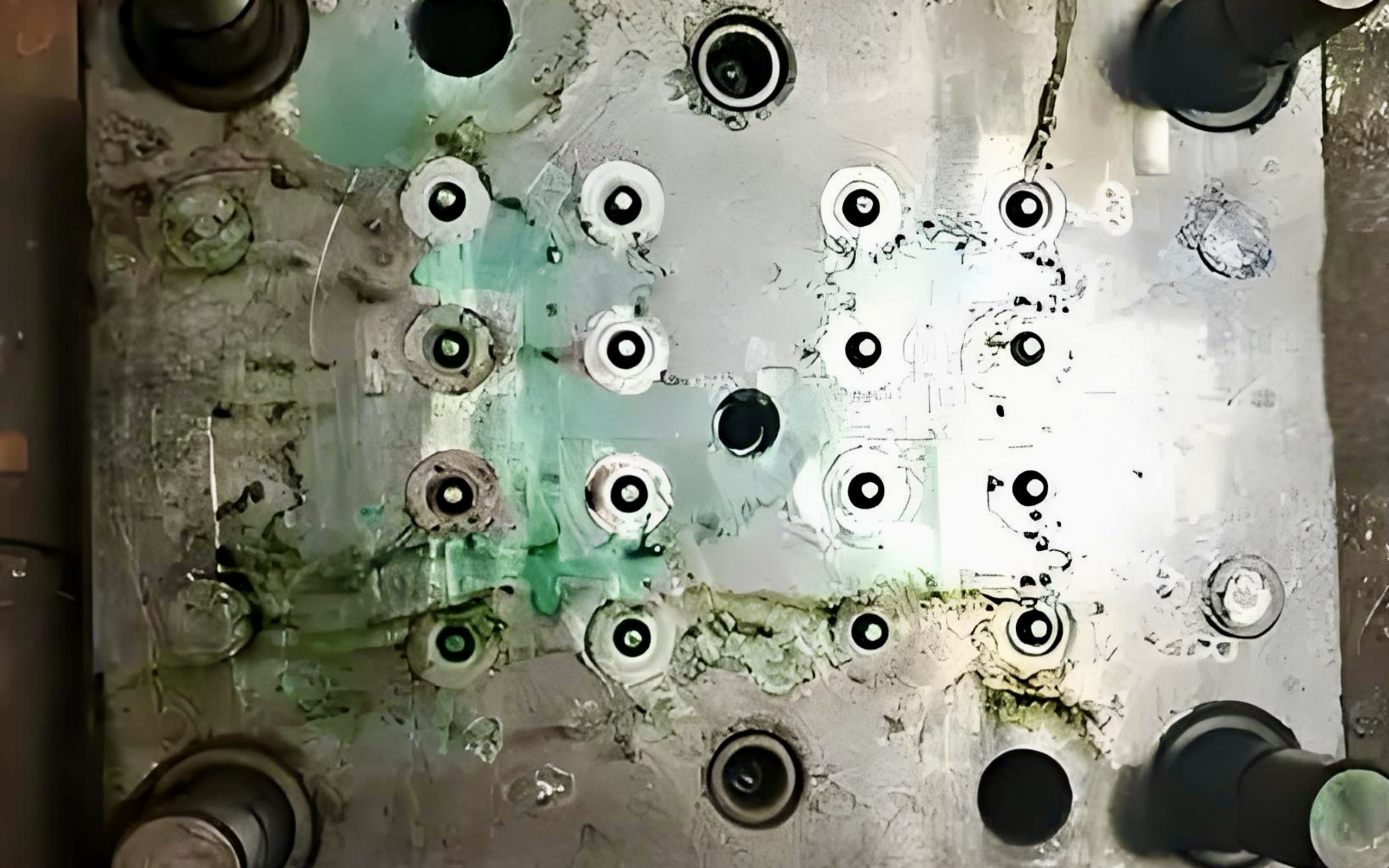Henglihong Keramischer Sand: Die Verwandlung von Stein in Gold in Herstellung medizinischer Geräte
Januar 3, 2026

Wenn Sie Begriffe wie "Keramiksand" und "Sandstrahlen" hören, fällt es Ihnen vielleicht schwer, sie mit medizinischen Geräte. Durch das Sandstrahlen mit keramischem Sand können medizinische Geräte, wie z. B. künstliche Gelenke, die strengen Normen der Food and Drug Administration (FDA) erfüllen. Die Rolle von keramischem Sand beim Sandstrahlen für medizinische Anwendungen umfasst insbesondere die folgenden Aspekte:
-
Oberflächenreinigung und Entgraten: Die Oberfläche medizinischer Geräte muss extrem glatt und frei von Graten sein. Keramisches Sandstrahlen entfernt effektiv Oxidschichten, Verunreinigungen und Mikrograte von der Oberfläche der Geräte und sorgt für ein sauberes Finish. Dies ist besonders wichtig für chirurgische Instrumente, da kleine Grate den Patienten schaden können.
-
Erhöhung der Oberflächenrauhigkeit: Bei bestimmten Medizinprodukten, die eine bessere Oberflächenhaftung erfordern, kann das keramische Sandstrahlen die Parameter des Sandstrahlverfahrens so anpassen, dass die Oberflächenrauheit erhöht wird. Dies ist für Implantate (z. B. künstliche Gelenke und Knochenplatten) von entscheidender Bedeutung, da es dem Knochengewebe hilft, besser an der Implantatoberfläche zu haften, wodurch die Stabilität und der langfristige Erfolg des Implantats verbessert werden.
-
Verbesserung der Oberflächenstruktur: Durch keramisches Sandstrahlen lässt sich die Mikrostruktur der Geräteoberfläche präzise steuern, wodurch sie einheitlicher und kontrollierbarer wird. Diese einheitliche Oberflächenstruktur trägt zur Verringerung von Reibung und Verschleiß bei, was die Lebensdauer der medizinischen Geräte verlängert und ihre Gesamtleistung verbessert.
-
Dekontamination von Oberflächen: Während der Herstellung können die Oberflächen medizinischer Geräte durch Öl, Kühlmittelrückstände und andere Verunreinigungen verunreinigt werden. Keramisches Sandstrahlen kann diese Verunreinigungen effizient entfernen und gewährleistet, dass die Oberflächen sauber und ungiftig sind und den strengen medizinischen Hygienestandards entsprechen.
-
Verbesserung der Oberflächenhärte und Verschleißfestigkeit: Die keramische Sandstrahlbehandlung kann die Härte und Verschleißfestigkeit von Oberflächen medizinischer Geräte erheblich verbessern. Dies ist besonders wichtig für Geräte, die häufig mit menschlichen Knochen und anderen harten Materialien in Berührung kommen, wie z. B. Bohrer und Schneidewerkzeuge, wodurch ihre Lebensdauer und Leistung erheblich verbessert werden.
-
Verbesserung von Oberflächentextur und Ästhetik: Die Oberflächen der durch Sandstrahlen behandelten Medizinprodukte sind gleichmäßiger, glatter und nicht reflektierend, was die Ästhetik des Produkts verbessert. Dies wirkt sich positiv auf die Wettbewerbsfähigkeit auf dem Markt und die Akzeptanz der Nutzer aus.
Filter
Ansichten insgesamt: 11.865














